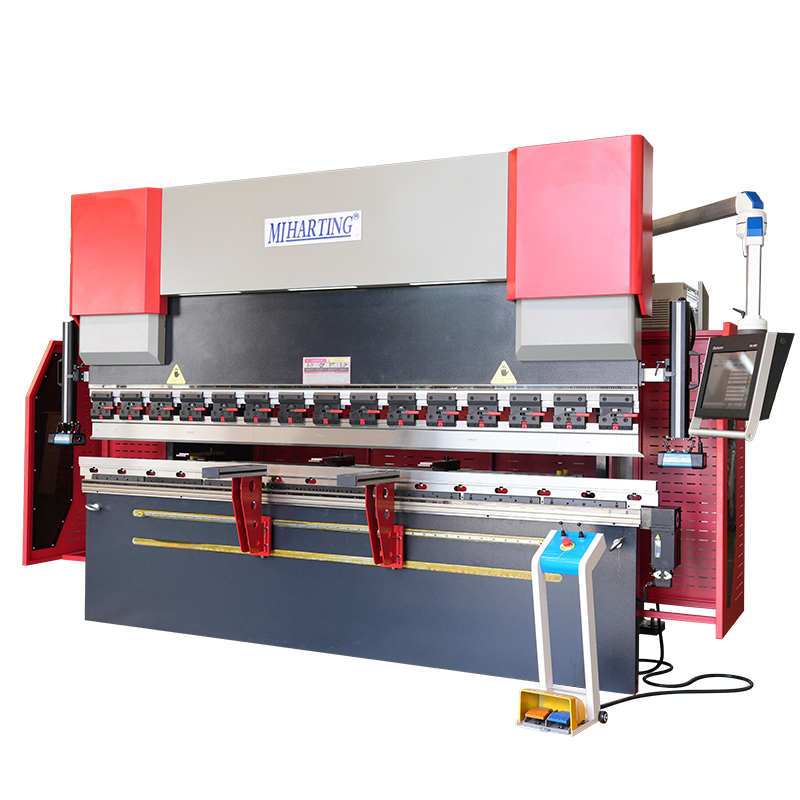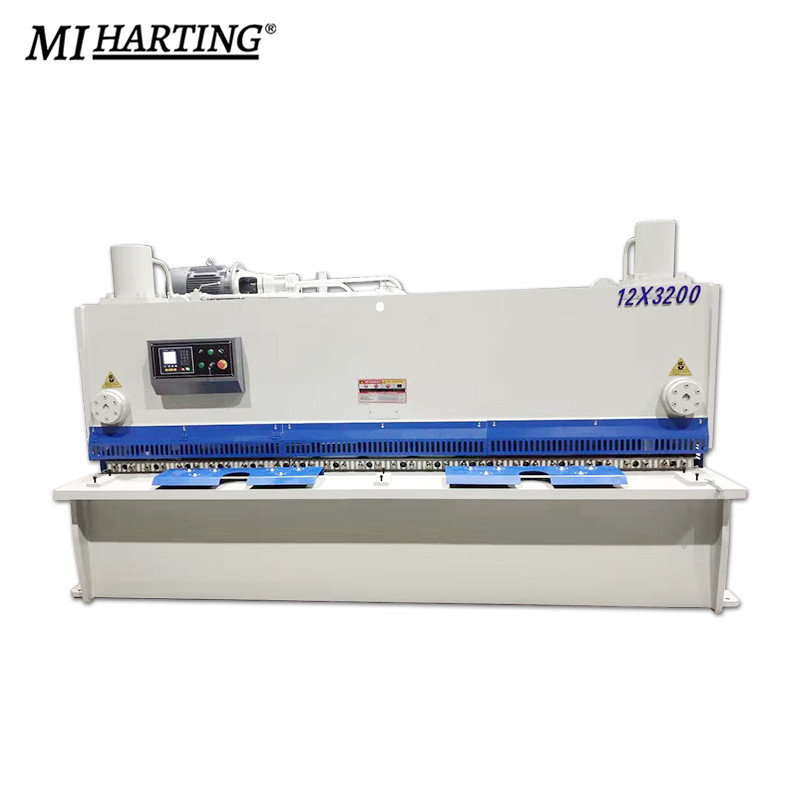Introduction:
In the field of metal fabrication, fiber laser cutting machines have revolutionized the way we cut and shape metals with precision and efficiency. With numerous options available in the market, choosing the right fiber laser cutting machine can be a daunting task. In this article, we will guide you through the process of selecting the best fiber laser cutting machine for your metal fabrication needs, considering factors such as power, cutting capabilities, reliability, and overall performance.
1.Assess Your Cutting Needs:
Before diving into the selection process, it is crucial to assess your specific cutting needs. Consider the type of metals you work with, their thickness, and the size of the parts you need to cut. This will help you determine the power and cutting capabilities required from a fiber laser cutting machine.
2.Evaluate Power and Cutting Speed:
Power is a crucial factor in determining the cutting speed and thickness capacity of a fiber laser cutting machine. Higher power levels enable faster cutting speeds and the ability to handle thicker materials. Evaluate your production requirements and choose a machine that offers the appropriate power and cutting speed for your needs.
3.Consider Cutting Precision and Quality:
The precision and quality of cuts are essential for metal fabrication. Look for a fiber laser cutting machine that offers high cutting precision, with features such as advanced motion control systems and high-resolution linear motors. This will ensure that your finished products meet the required specifications.
4.Assess Machine Stability and Reliability:
A stable and reliable machine is vital for consistent and accurate cutting. Look for a fiber laser cutting machine constructed with high-quality components and a sturdy frame. Consider the machine's reputation for reliability and its ability to withstand heavy-duty usage over time.
5.Explore Cutting Automation Features:
Automation features can greatly improve productivity and efficiency in metal fabrication. Look for a fiber laser cutting machine that offers automatic material handling, nozzle changers, and advanced nesting and programming software. These features can streamline your workflow and minimize downtime.
6.Evaluate Software and User Interface:
The software and user interface of a fiber laser cutting machine play a crucial role in its usability. Look for a machine that offers user-friendly software with intuitive controls, allowing for easy programming and operation. Compatibility with industry-standard design software is also important for seamless integration into your existing workflow.
7.Consider After-Sales Support and Service:
Investing in a fiber laser cutting machine is a long-term commitment. Ensure that the manufacturer or supplier offers comprehensive after-sales support, including technical assistance, spare parts availability, and regular maintenance services. Additionally, inquire about training programs to ensure your operators are proficient in operating the machine effectively and safely.
Conclusion:
Choosing the right fiber laser cutting machine is crucial for achieving precise and efficient metal fabrication. By assessing your cutting needs, evaluating power and cutting speed, considering cutting precision and quality, assessing machine stability and reliability, exploring automation features, evaluating software and user interface, and considering after-sales support and service, you can make an informed decision. Embrace the power of fiber laser cutting technology and choose the best fiber laser cutting machine for your metal fabrication needs.







